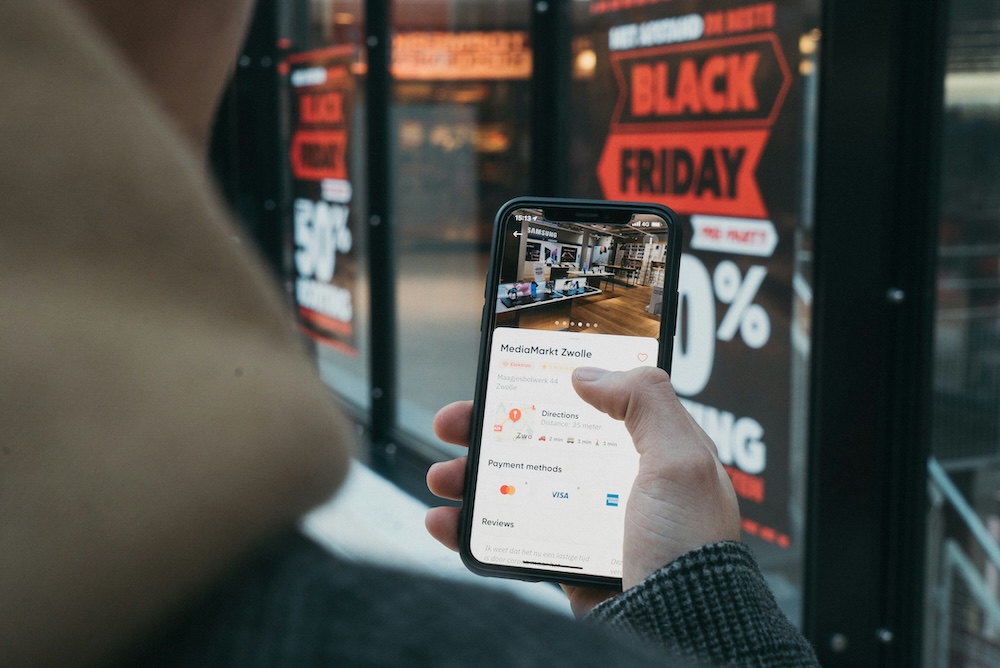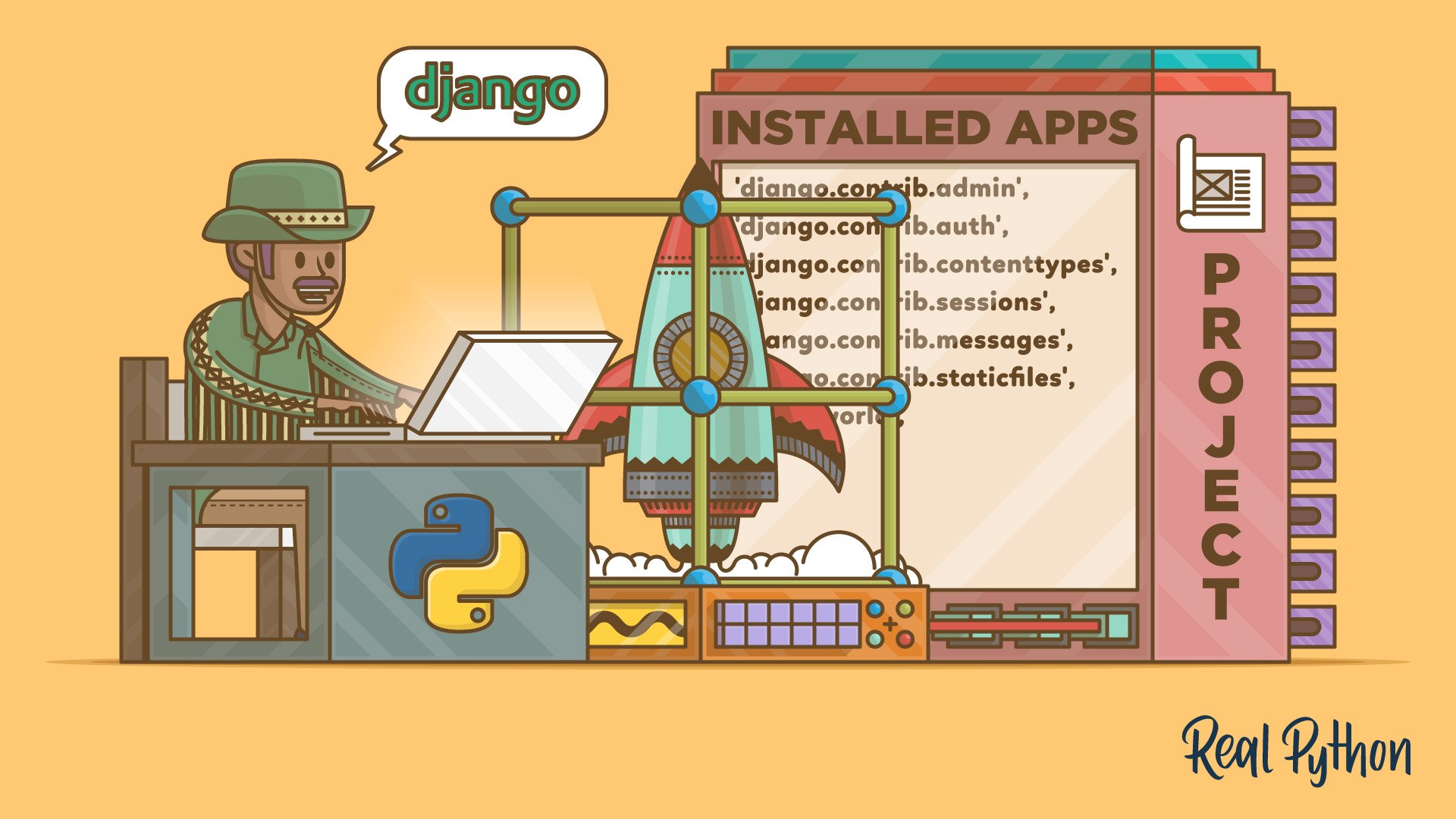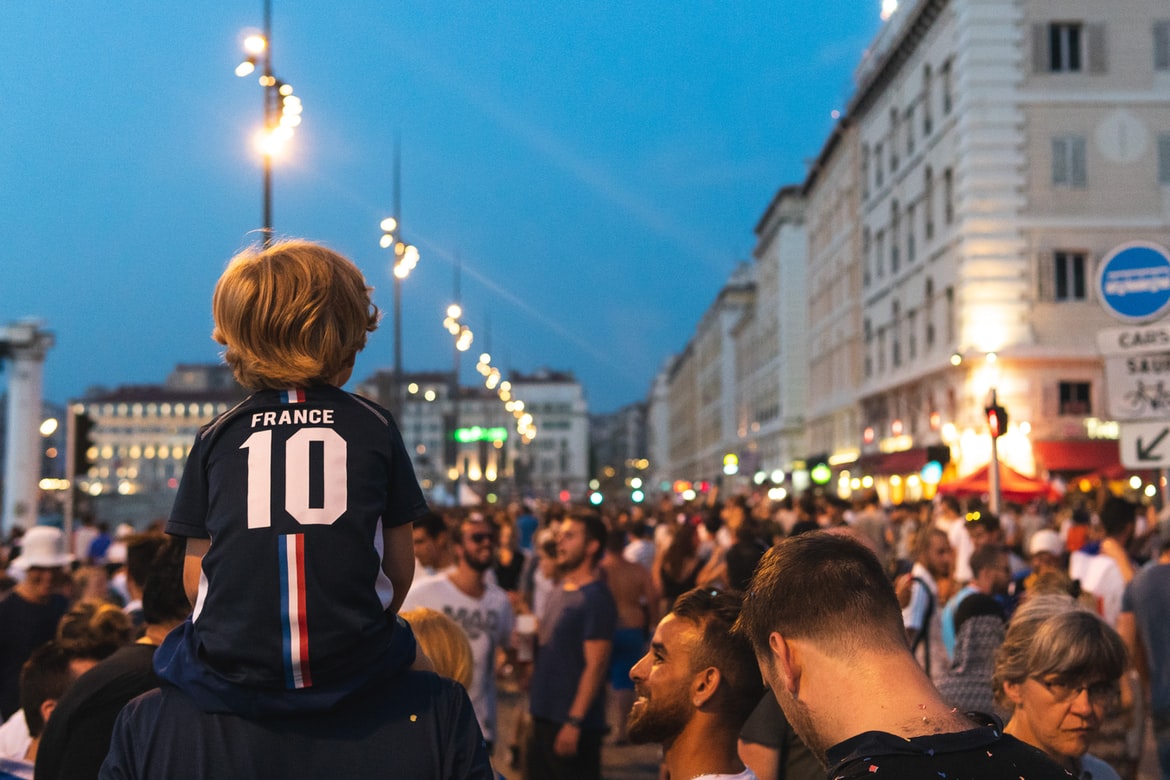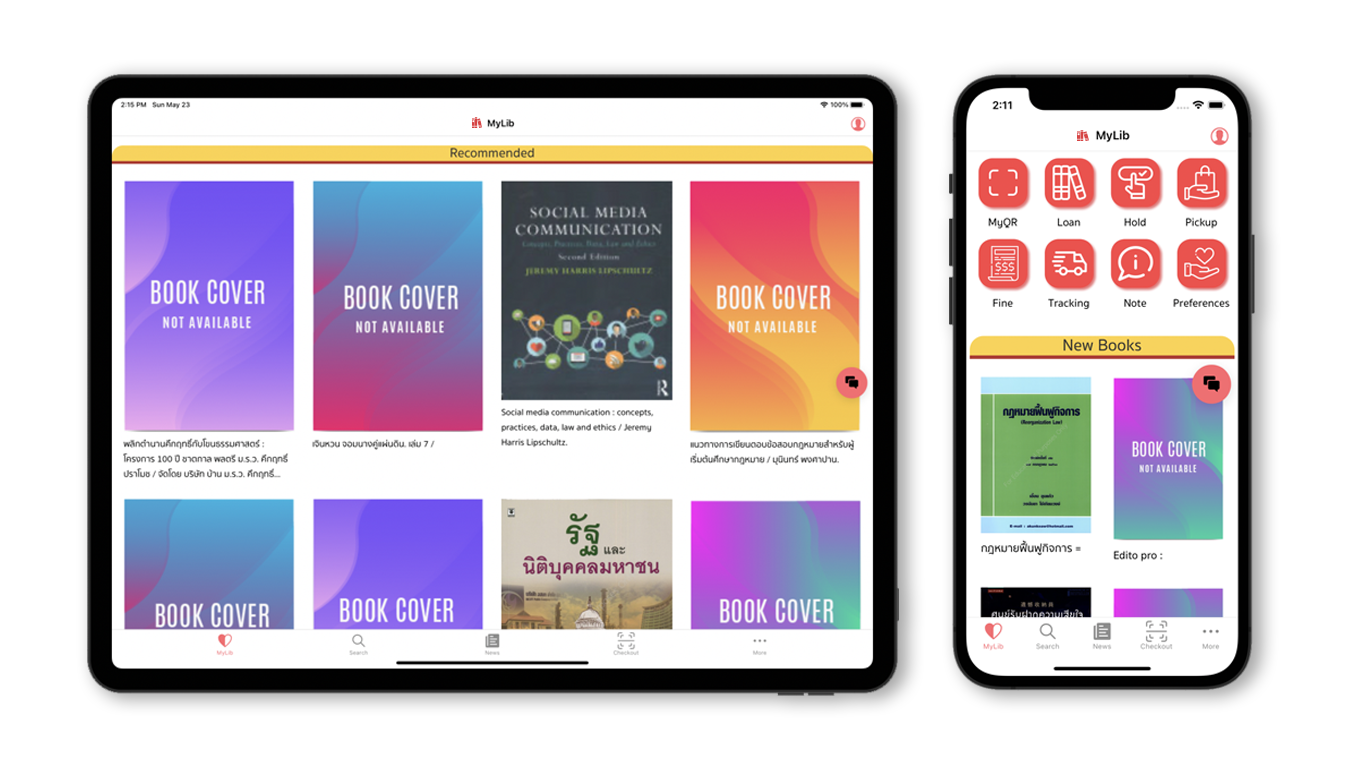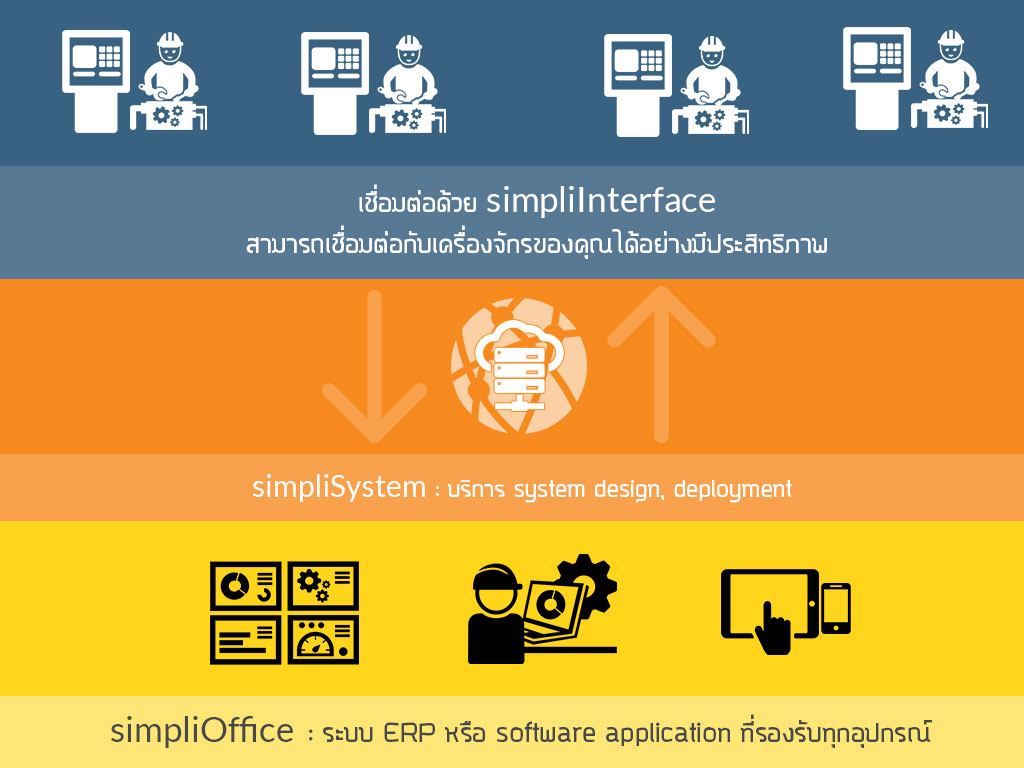How to Build an AI-Powered Ad Optimization System in Python
In the fast-paced world of digital marketing, Artificial Intelligence (AI) is revolutionizing ad optimization. Businesses need data-driven insights to maximize ad performance, reduce wasted ad spend, and achieve higher conversions. AI can predict Click-Through Rates (CTR), dynamically adjust bidding strategies, and optimize budgets across multiple platforms like Google Ads, Facebook Ads, and Amazon DSP.
In this blog post, we'll walk you through how to build an AI-powered ad optimization system using Python. By leveraging machine learning, predictive analytics, and reinforcement learning, we can automate ad decision-making and improve marketing ROI.
Step 1: Install Necessary Libraries
To get started, install the required Python libraries:
!pip install pandas numpy scikit-learn xgboost matplotlib seabornStep 2: Load and Preprocess Ad Data
You need historical ad campaign data with key performance metrics such as impressions, clicks, conversions, and ad spend.
import pandas as pd
# Load ad campaign data (Example CSV file)
df = pd.read_csv("ad_campaign_data.csv")
# Display the first few rows
df.head()Feature Engineering
- Convert categorical data into numerical format
- Calculate Cost Per Conversion and CTR
# Convert categorical variables
df = pd.get_dummies(df, columns=["ad_platform", "ad_type"], drop_first=True)
# Compute key performance metrics
df["cost_per_conversion"] = df["ad_spend"] / (df["conversions"] + 1)
df["CTR"] = df["clicks"] / (df["impressions"] + 1)
# Remove missing values
df = df.dropna()Step 3: Train an AI Model to Predict CTR
We'll use XGBoost, a powerful machine learning algorithm, to predict CTR based on ad performance data.
from sklearn.model_selection import train_test_split
from xgboost import XGBRegressor
from sklearn.metrics import mean_absolute_error
# Define features and target variable
X = df.drop(columns=["CTR", "conversion_rate", "conversions"])
y = df["CTR"]
# Split data into training and testing sets
X_train, X_test, y_train, y_test = train_test_split(X, y, test_size=0.2, random_state=42)
# Train the XGBoost model
model = XGBRegressor(n_estimators=100, learning_rate=0.1, max_depth=5)
model.fit(X_train, y_train)
# Evaluate the model
y_pred = model.predict(X_test)
mae = mean_absolute_error(y_test, y_pred)
print(f"Mean Absolute Error: {mae:.4f}")Step 4: AI-Driven Budget Optimization (Multi-Armed Bandit Algorithm)
We can use Thompson Sampling, a reinforcement learning approach, to dynamically allocate ad budget to the best-performing ads.
import numpy as np
import matplotlib.pyplot as plt
num_ads = 5 # Number of ads
num_rounds = 1000 # Optimization rounds
ads_selected = []
total_reward = 0
ad_rewards = [0] * num_ads
ad_clicks = [0] * num_ads
for n in range(num_rounds):
ad = 0
max_random = 0
for i in range(num_ads):
random_beta = np.random.beta(ad_rewards[i] + 1, ad_clicks[i] - ad_rewards[i] + 1)
if random_beta > max_random:
max_random = random_beta
ad = i
ads_selected.append(ad)
reward = np.random.choice([0, 1], p=[0.7, 0.3])
ad_rewards[ad] += reward
ad_clicks[ad] += 1
total_reward += reward
plt.hist(ads_selected, bins=num_ads, edgecolor="black")
plt.title("Ad Selection Over Time")
plt.xlabel("Ad Index")
plt.ylabel("Number of Times Selected")
plt.show()Step 5: AI-Powered Real-Time Bidding for Ad Platforms
AI can dynamically adjust ad bidding in real time using APIs like Google Ads and Facebook Ads.
import requests
API_URL = "https://api.facebook.com/v14.0/ads" # Example Facebook Ads API endpoint
API_KEY = "YOUR_ACCESS_TOKEN"
# Define AI-based bid strategy
def adjust_bid(predicted_CTR):
base_bid = 1.0 # Base bid in dollars
if predicted_CTR > 0.1:
return base_bid * 1.5
elif predicted_CTR > 0.05:
return base_bid * 1.2
else:
return base_bid * 0.8
# API call to update ad bid
ad_data = {
"ad_id": "123456789",
"bid_amount": adjust_bid(0.08), # Predicted CTR = 8%
}
response = requests.post(API_URL, json=ad_data, headers={"Authorization": f"Bearer {API_KEY}"})
print(response.json())Conclusion
By leveraging machine learning, predictive analytics, and reinforcement learning, we can automate ad targeting, optimize budgets, and improve ad bidding strategies. AI-powered ad optimization enables businesses to:
✅ Maximize conversions
✅ Reduce wasted ad spend
✅ Improve campaign performance with real-time decision-making
🚀 Next Steps: Integrate this AI system with Google Ads API, Facebook Ads API, or Amazon DSP for full automation.
💡 Need help deploying AI in your ad campaigns? Let’s discuss AI solutions for your business!
Get in Touch with us
Related Posts
- Supercharge Your Chatbot: Custom API Integration Services for Your Business
- How to Guess an Equation Without Math: Exploring Cat vs. Bird Populations
- How to Build an AI-Resistant Project: Ideas That Thrive on Human Interaction
- Build Your Own Cybersecurity Lab with GNS3 + Wazuh + Docker: Train, Detect, and Defend in One Platform
- How to Simulate and Train with Network Devices Using GNS3
- What Is an LMS? And Why You Should Pay Attention to Frappe LMS
- Agentic AI in Factories: Smarter, Faster, and More Autonomous Operations
- Smarter, Safer EV Fleets: Geo-Fencing and Real-Time Tracking for Electric Motorcycles
- How to Implement Google Single Sign-On (SSO) in FastAPI
- Build Your Own Taxi Booking App with Simplico: Scalable, Secure & Ready to Launch
- Building a Scalable EV Charging Backend — For Operators, Developers, and Innovators
- How to Handle Complex Pricing for Made-to-Order Products in Odoo
- How to Build a Made-to-Order Product System That Boosts Sales & Customer Satisfaction
- Transform Your Operations with Autonomous Agentic AI
- Streamline Fiber Tester Management with a Lightweight EXFO Admin Panel
- Enhancing Naval Mission Readiness with EMI Simulation: Cost-Effective Risk Reduction Using MEEP and Python
- Strengthen Your Cybersecurity Posture with Wazuh: A Scalable, Cost-Effective SIEM Solution
- OCPP Central System + Mobile App — Customer Proposal
- How TAK Systems Are Transforming Border Security
- ChatGPT-4o vs GPT-4.1 vs GPT-4.5: Which Model Is Best for You?



